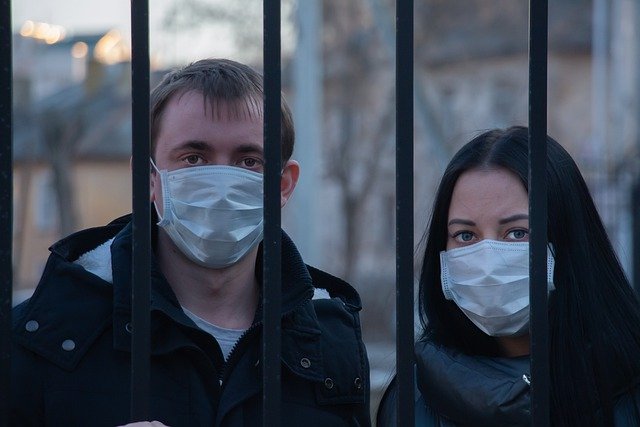The Cape Town Metro has experienced a number of small COVID-19 outbreaks in recent weeks. Approximately 113 positively diagnosed cases have originated from what has been called a “superspreader” event. A number of students flocked to Tin Roof in Claremont in mid-October, reportedly for free Corona beers, and a few positive cases have come from the gathering.
During a media briefing by the Western Cape Department of Health’s Head Dr Keith Cloete said that that the outbreaks in the Western Cape have been reported in the following areas:
– Woodstock
– Sea Point
– Fresnaye
– Milnerton
– Dunoon
– Parklands
According to Cloete, this raises concerns about the viability of sporting events and other gatherings.
Gugulethu also reported a number of COVID-19 cases, but these were effectively managed and the numbers have dropped. There were also a number of cases in Thembalethu, Conville and Pacaltsdorp, both located near George, and another outbreak was reported in Beaufort West.
Cloete has also said that there is an ongoing debate in determining what is a COVID-19 resurgence versus a second wave.
He added that they have been able to determine an uptick in COVID-19 cases from sewerage collected at the Scottsdene Treatment Plant, located in Kraaifontein.
A group of KwaZulu-Natal lab scientists were the first to make use of sewerage and wastewater to track COVID-19 hotspots in March.
Based at the GreenHill Laboratories in Hilton, which is the same area the country’s very first COVID-19 case was reported, the scientists have been using fecal matter to detect the presence of SARS-CoV-2 ribonucleic acid (RNA).
The lab believes this method indicates that South Africa is capable of using this form of testing, and samples do not then have to be sent to other countries.
“The process involves taking bulk, composite samples through to a laboratory capable of meeting the needs of clients in both the public and private sectors,” scientist Dr Shaun Groenink told News24.
The process of testing for COVID-19 via fecal matter and detecting hotspots was first born after Professor Anthony Turton from the University of the Free State and Amanzi-4-All first approached GreenHill Laboratories in mid-June.
The process makes use of samples extracted from the inlet of waste treatment works, over a 24-hour period.
“They approached us [when] they were in discussion with the Dutch Water Research Institute about using an approach they had developed over there and implementing it in SA. As part of the protocol, they needed a lab to do the actual testing of the RNA. They approached us and then we said let’s try it, and presto, here we are,” Groenink said.
“This is done so you get a full representative and statistically relevant sample from that community that is being served by that treatment works. If you just take a grab sample, it depends on the time of day and how often people are using ablutions. So, you need to take a sample over 24 hours to get a proper representative sample. That sample is then transported to us. When we receive it, we concentrate the viral particles, if there are any, and then we extract the viral RNA.”
The process makes use of samples extracted from the inlet of waste treatment works, over a 24-hour period.
“Unfortunately, a lot of our treatment works are not quite up to scratch so ideally, we would know the flow rate that going through that inlet throughout the 24 hours. Then based on that information, you can then work out how much you’ve sampled from the actual community.”
Picture: Pixabay

